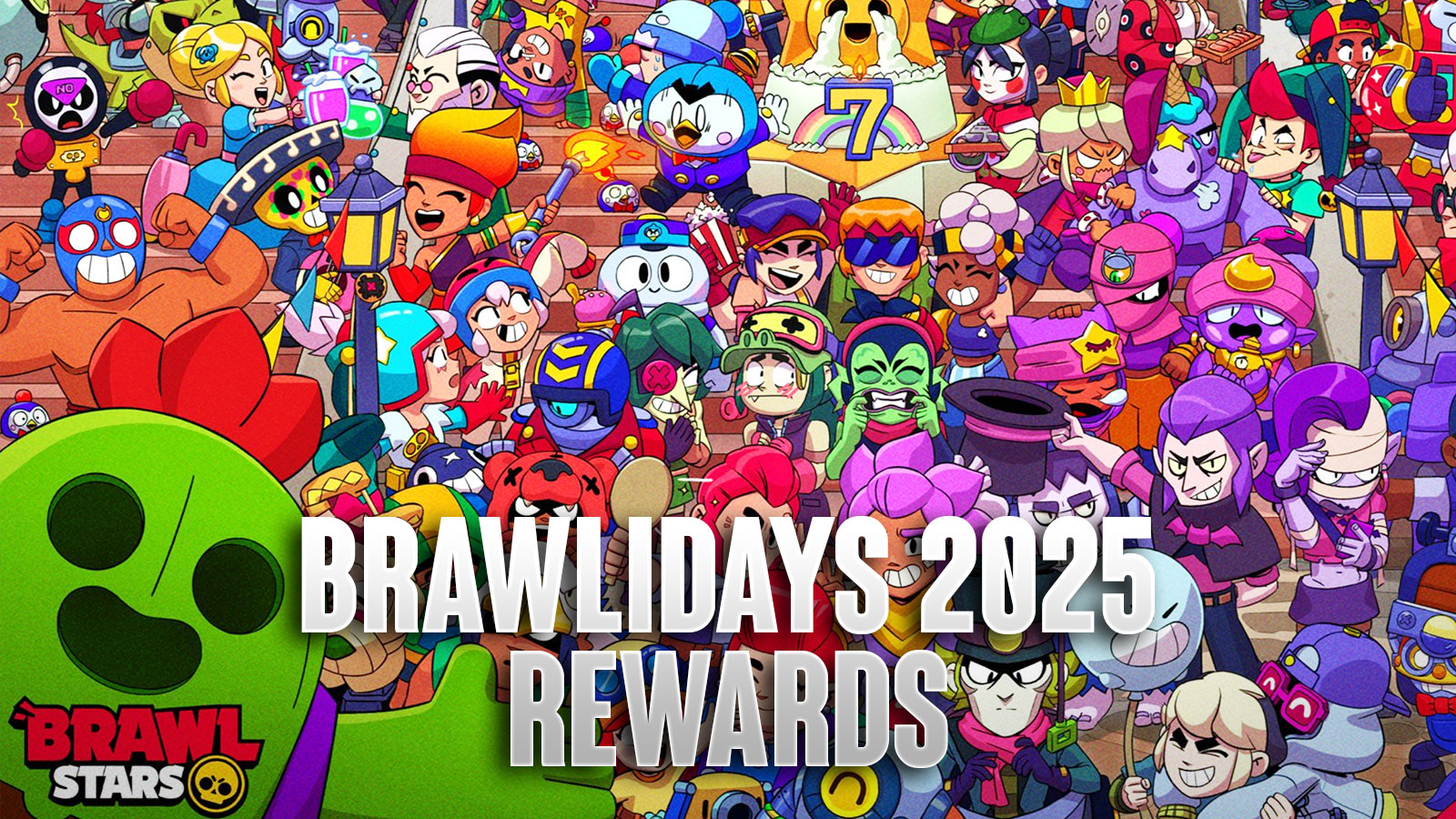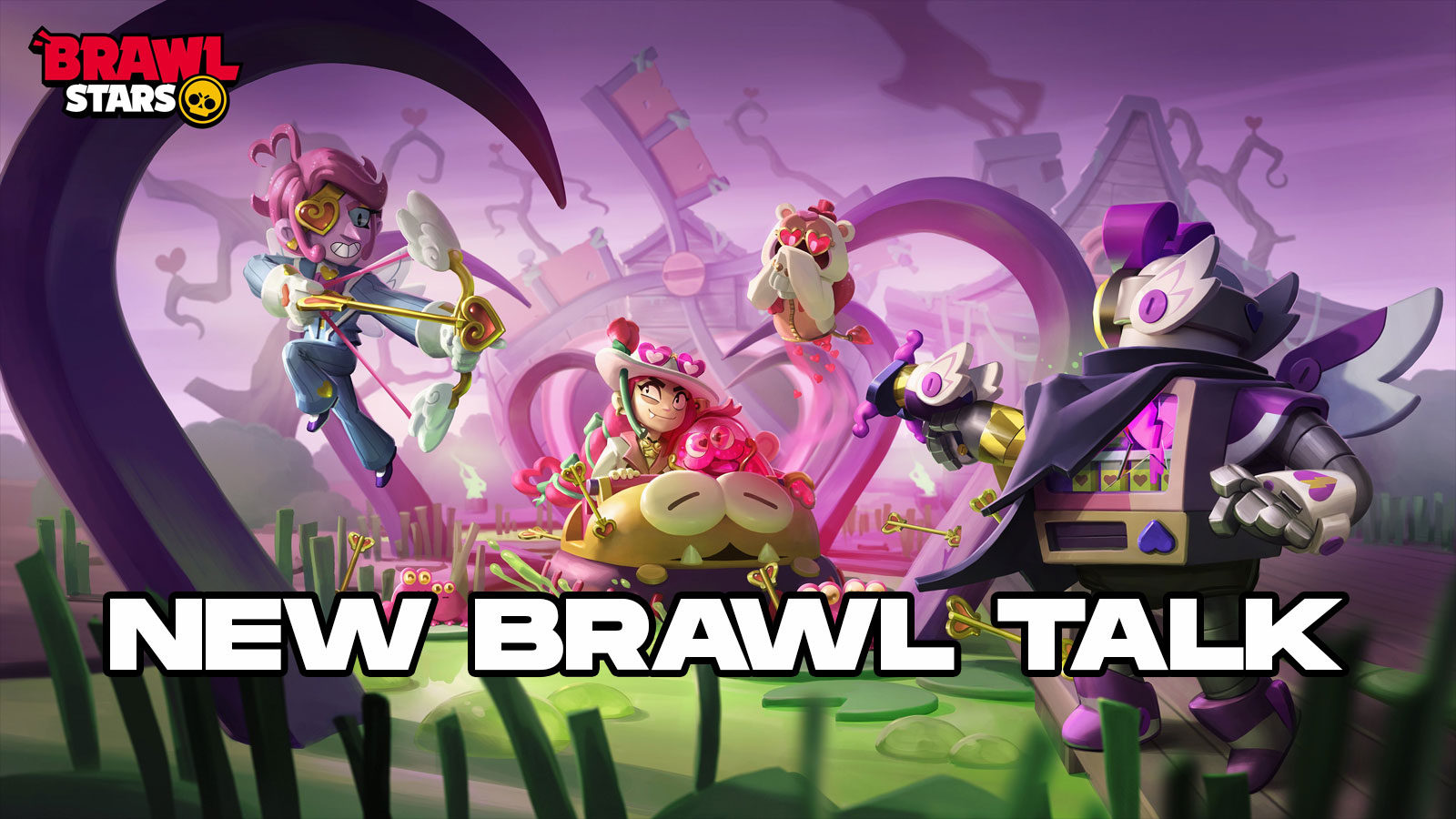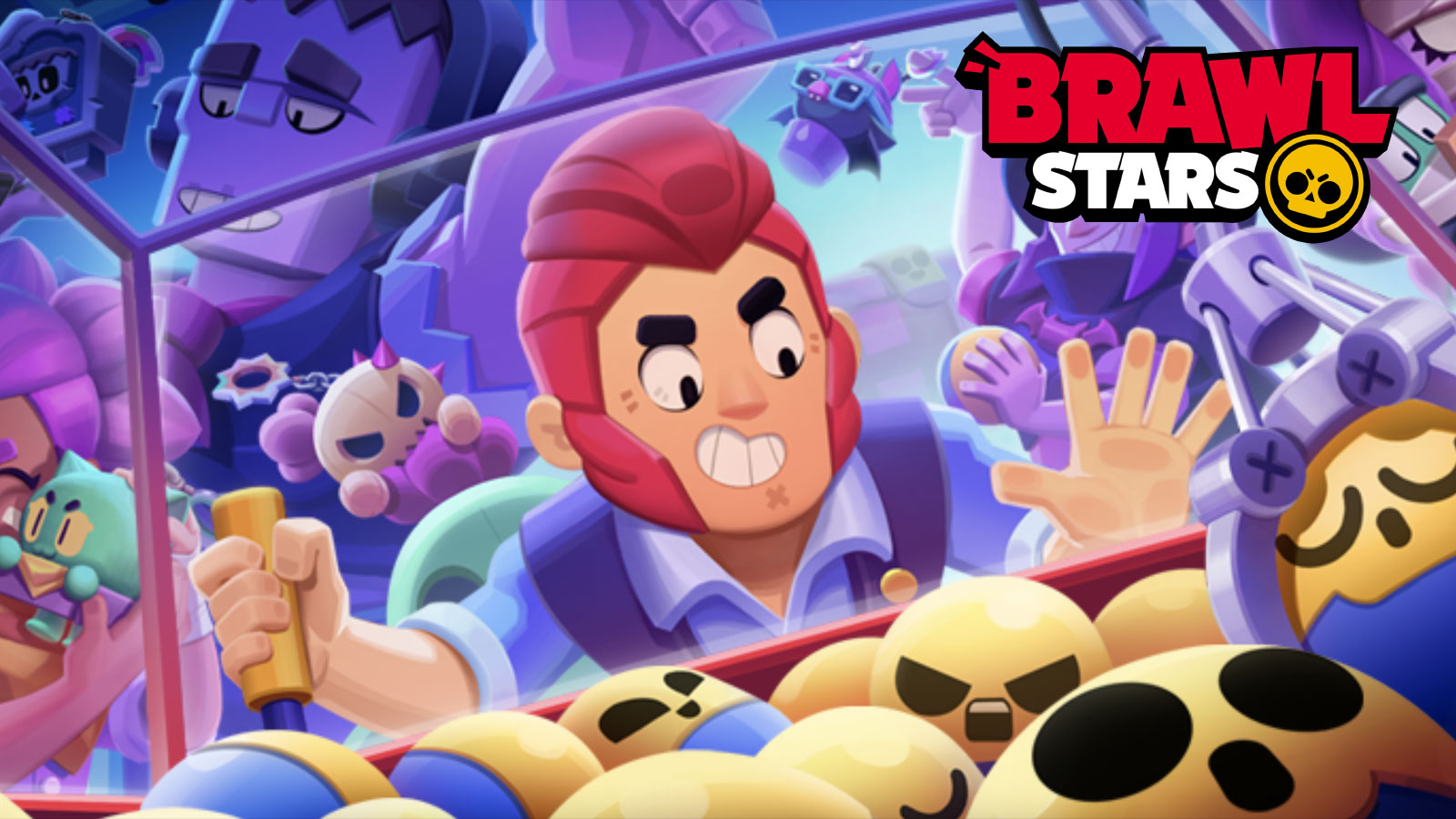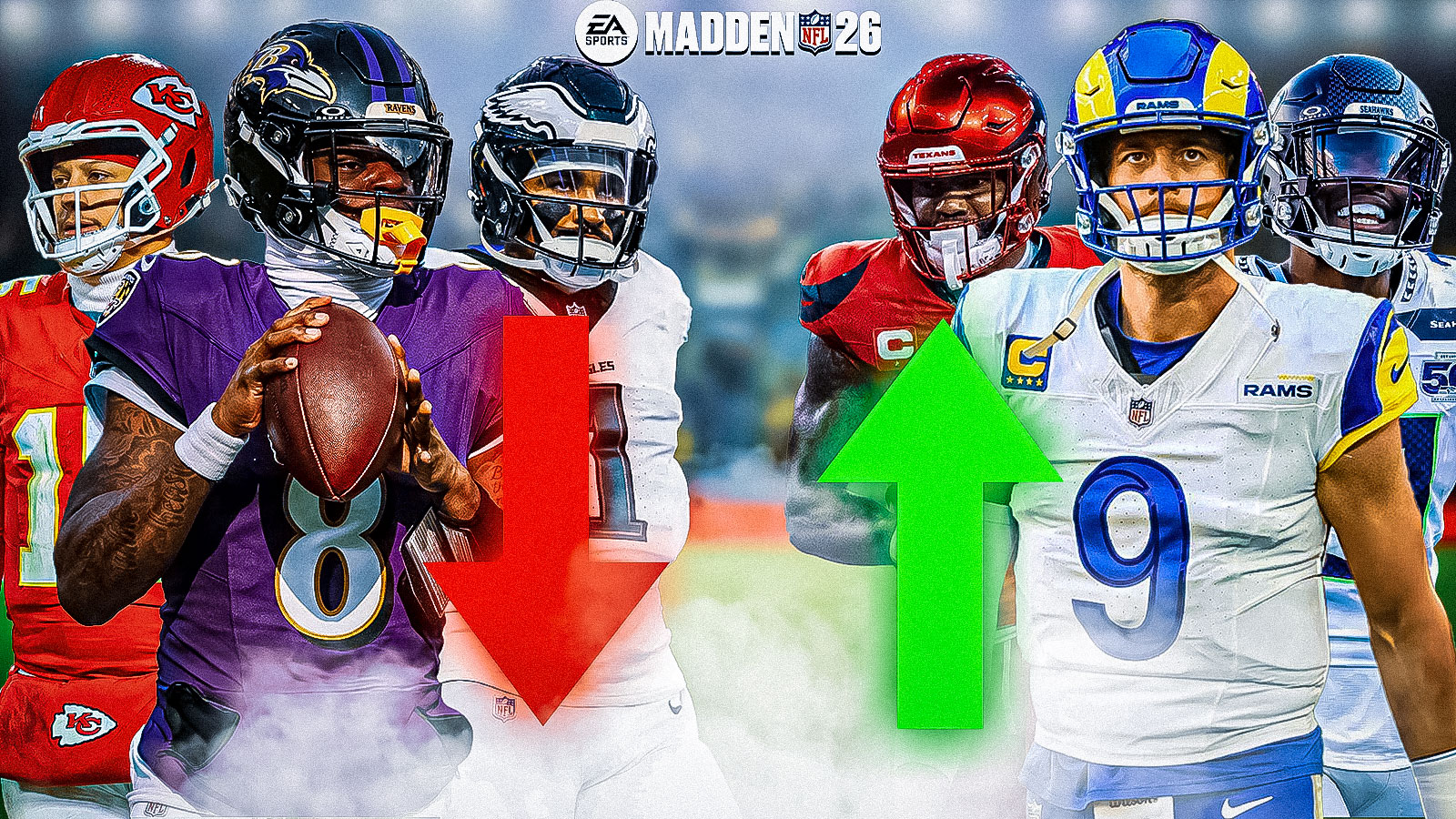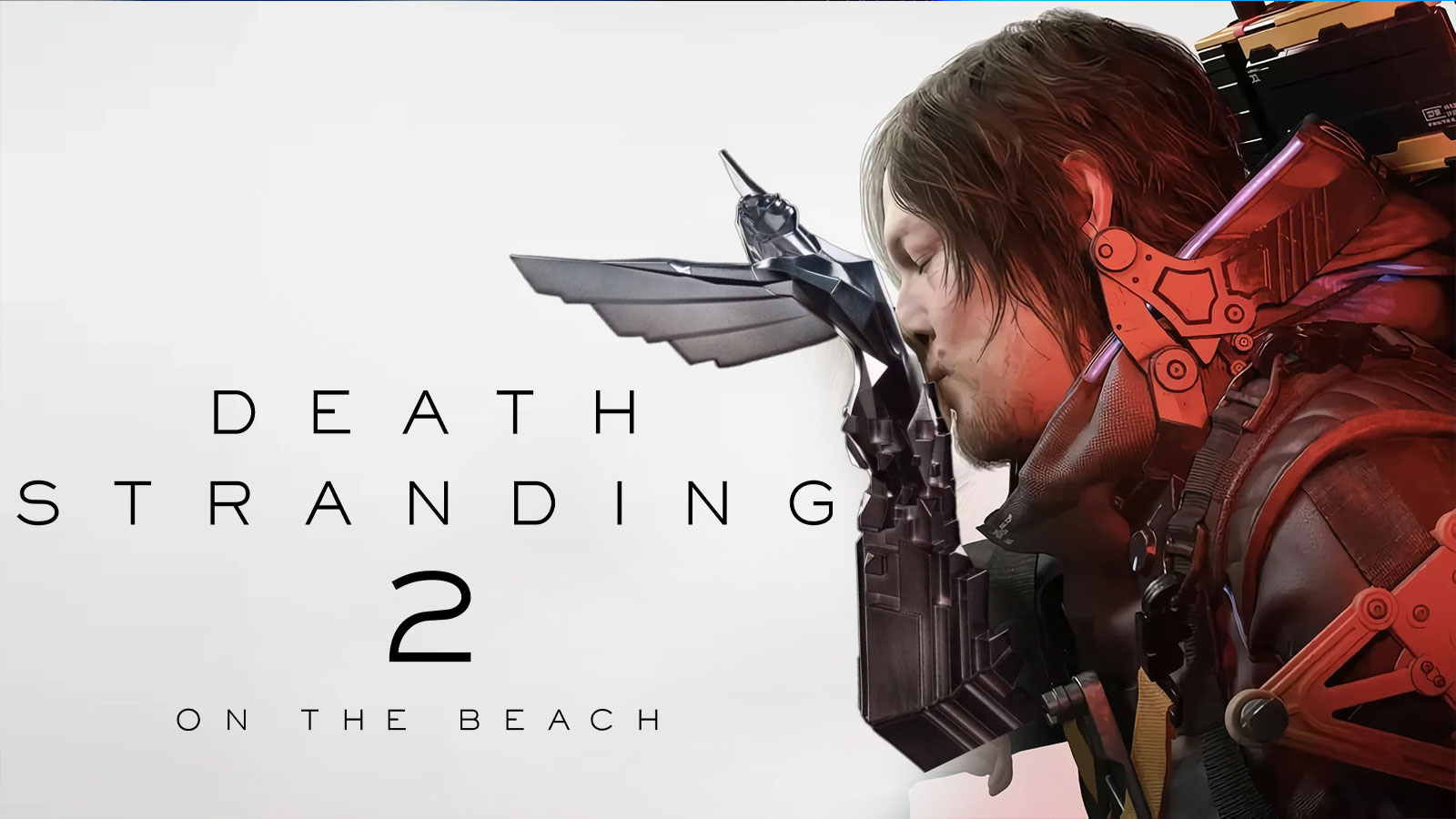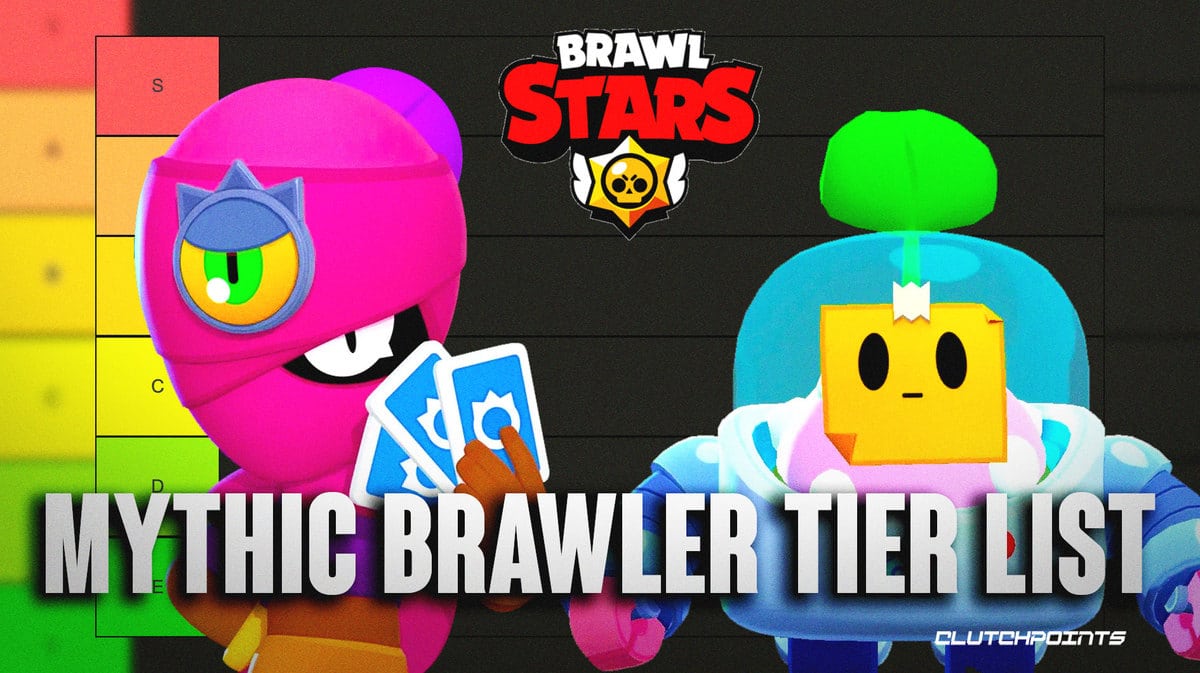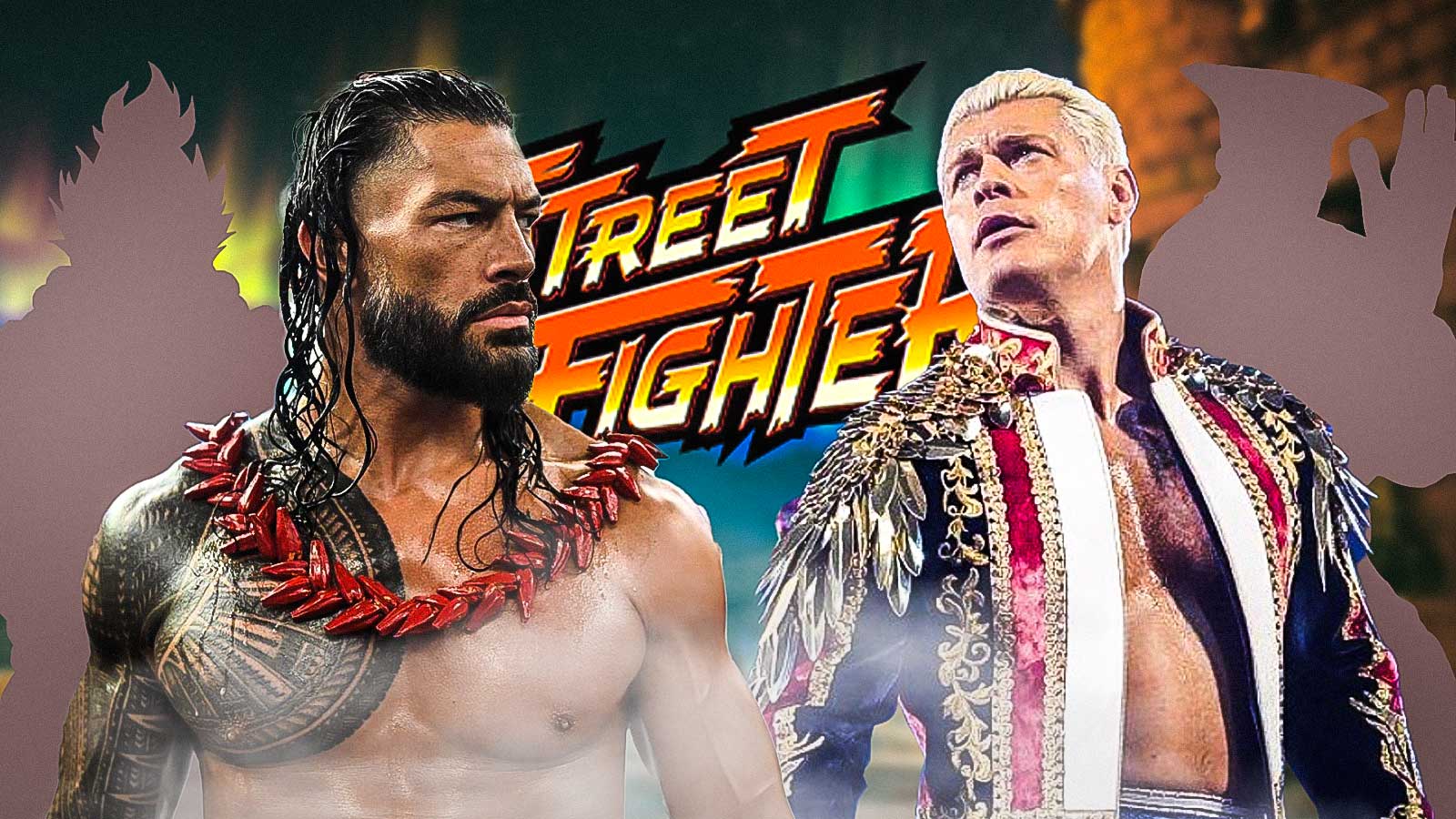The Hand of Merlin mixes Lovecraft and Arthurian Legends in a unique fantasy world that breaths originality to a story that has been retold countless times. But is the game's rogue-lite turn-based tactics gameplay just as innovative? Find out in our The Hand of Merlin review below.
The Hand of Merlin Review: What is The Hand of Merlin?
The Hand of Merlin is a tactical turn-based strategy game with rogue-lite elements published by Versus Evil and developed by Room-C Games and Croteam. It was released on June 15, 2022, but was in Early Access as early as May 2021.
The Hand of Merlin combines tactical turn-based strategy (think Fire Emblem, XCOM, and Final Fantasy Tactics) and rogue-lite, with a strong emphasis on storytelling and role-playing. The tactical turn-based strategy aspect of the game makes use of pre-made characters falling into three different classes: Warrior, Ranger, and Mystic. Each Class features four different characters, each with different stats and starting skills, but overall fill the same role in your Warband. That brings the total cast of characters to twelve, with three unlocked from the get-go, and more get unlocked the further you get into the game. Each character can also be upgraded to a second, more powerful, and more specialized class, which differentiates them from the rest of the characters in that class. However, these only get unlocked if you manage to complete very specific and arduous conditions related to that character. You can only bring one character from each class for your Warband.
The rogue-lite aspect of the game features perma-death in your runs, while also allowing players to carry over progress from one run to another. The game's story also supports this, as you would later learn in the Story section, as Merlin oversees different parallel universes of the world, allowing him to bring with him his powers when your party gets wiped out in one of the worlds, ready to guide a new trio of characters. You can only pursue a single run in the game. Starting a new run will require you to abandon your current run.
Gameplay
The Hand of Merlin's gameplay is pretty straightforward at the start. You start out on a massive map composed of nodes – with three units with their own stats, attributes, skills, abilities, and equipment. Your party carries a stash of Relics that can give special effects or even powers to your party in battles, and also carry around two primary resources – gold and supplies. Both are vital in your journey, but you can live through your journey without gold but not without supplies. Moving from one node to another will consume supplies and trigger an event or an encounter, with the story unveiled through text. Players will get to choose the party's course of action, with the available options being dependent on your character's traits. Most of the encounters lead to a battle, which brings the game to the battle screen.
The battles are also straightforward. The player and the enemy party take turns moving and taking action. Each character has a certain number of action points that dictate how many times they can move or how many actions they can take. The player usually takes the first turn – allowing the player to maneuver their party and attack the enemy before they do.However, this nature also allows large contingents of enemies to quickly overrun an underprepared party, so players will have to be tactical in their actions. Furthermore, if the party's supplies are running low, their stats will be lower, making each encounter with enemies riskier. Player health and armor also do not replenish each battle and are carried over to the next encounter.
There's a large variety of abilities and skills that your heroes can learn throughout the game – and even more to explore as you unlock their secondary classes. Unlocking spells on Merlin's Guardian Core later on in the game also allows you to use powerful magic that can sway the tide of battle. Acquiring new spells from Merlin's Guardian Cores take a tremendous effort in singular runs, but they get carried over to your next run.
However, your wide array of abilities doesn't really come in handy when the enemies you face are repetitive. There are not a lot of tactical considerations you have to consider when your units become more experienced. The different abilities wouldn't really matter as most enemies just run to your general direction attacking – so the best course of action most of the time is just using abilities that will clear enemy waves the fastest. The level design also doesn't allow a lot of strategizing around chokepoints and terrain. It's a shame because the game could have had a lot of potential on the complexity of its battles, but instead, it really boils down to just throwing fists and firebolts.
Don't get me wrong. At some parts, the game could get challenging. Players will have to be very careful in planning out their actions and positioning their units. However, the game's difficulty mostly lies in how much damage your opponents make and how thick their life bars are. There's not much variety on the enemy units and their gimmicks don't really add a lot to diversity in how you'd approach each battle. Even the boss battles, save for the final boss, don't offer anything but a larger avatar, higher damage, and longer life bars. Had the game featured more creative monsters and enemy unit types, it would have been so much better.
The game's challenges get further trivialized when your party starts becoming powerful. First off, characters gain levels by earning Renown (experience points) from battles and spending ability points for higher stats and learning new abilities. Secondly, players can earn Essence, magical fragments that allow them to unlock new spells in Merlin's Guardian Core – and it's not an overstatement that these abilities are overpowered. Thankfully, players can't just simply spam these magical abilities nilly-willy, as they will have to spend Mana to cast these spells – but a single use of any of these spells in any battle can turn an unwinnable encounter into a trivial one. When you start recruiting more heroes along your journey (which you can do to bolster your party), things become pretty much imbalanced in your favor.
That's probably already the appeal of a rogue-lite, as the game becomes easier as you unlock more abilities as you complete more runs. But most rogue-lites balance your increasing strength with more complex enemy types, twists in already learned mechanics, or new gimmicks. The Hand of Merlin simply doesn't have these, so your party becomes free to become grow stronger than what the game's enemies can handle. Simply put, the challenge cannot keep up with your party's growth, and the game's balance suffers because of it.
Everything mentioned above gets exacerbated by the game's slow pace. The Hand of Merlin requires the player to hold the Spacebar to speed animations up, instead of giving players a toggle button for this. The game also offers an option to toggle between normal and high animation speeds, but the game still feels like it's progressing at a snail's pace even with this. If Croteam manages to change this tiny tidbit, we'd go a long way in making the game's battles less tedious.
Still, we find in this The Hand of Merlin review that the overall gameplay is a fun and satisfying turn-based tactics game that can rack your brain in the most inopportune encounters, and the game's progression is satisfying enough to make you want to unlock more and more abilities and spells. There's a lot of variety to be had – it's just that the depth of your abilities lay wasted in the game's relatively simple level and enemy design.
Story
King Arthur is found dead, and the Knights of the Round Table have disbanded. However, evil still remains in Camelot, and the world's fate hangs in the balance due to the Cataclysm – an apocalyptic event that brought chaos into the world – bringing Lovecraftian monsters into the world with their tentacles and fangs, laying the world under Siege. The great wizard Merlin has also gone missing, having been tricked by Morgana into a long slumber. Merlin, the Wizard that takes care of Camelot across different parallel universes, stands helpless as Camelot gets overrun by the monsters from beyond the Veil. Without his wisdom, King Arthur dies, and the world fell into ruin.
But Merlin was able to reach your ears. Through dreams and through whispers, Merlin instructs you to take the Grail, a device that can end the Cataclysm. You, along with two other heroes, will have to carry on the quest of King Arthur and the Knights of the Round. With Merlin's guidance, you have a chance in becoming successful where Arthur and his Knights failed – bring about peace to Camelot, drive back the monsters to the Veil, and restore order to the world.
The story is a unique take on an old fantasy story that has been told countless times. Adding Lovecraftian monsters into Arthurian myths is something that we haven't seen before – and it's a rare combination of fantasy elements that we don't get to see a lot. The story itself is intriguing as well, with questions for you to answer and mysteries to uncover, the game hooks you in and keeps you invested in the larger picture.
The game's larger scenarios also give you something to get invested in on a macro level, with each new region in the game giving you new motivations and more reasons to push on. You start with restoring order in Camelot, before moving on to Al-Andulasia to do the same. Sadly, the day-to-day stories that the game gives you aren't as engaging, and I found myself just gleaning through the text to move on to the next event. Sure, you can pick up quests here and there that give players additional stories to pursue, but none of them feel worthy of getting out of your way just to experience them. They're all generic side-stories that you've already seen in other fantasy games.
Still, the game's story is enough to keep us going and finish the game until the end. The game's rogue-lite nature extends the story's lifespan as you get to repeat the scenarios in different runs, but we never felt tired of the overarching story that was presented to us. We're always a band of adventurers trying to take on a near-impossible quest, which we know we have a chance because of Merlin's help.
Graphics
The game's graphics are very striking, although it doesn't really stand out and still feels a bit rough around the edges on some occasions. The game's graphics excel best in its menus and UI, which look crisp and intuitive. All information in the battle is presented in a neat and easy-to-understand set of numbers and symbols, each one also colored intuitively, making information presented intuitive. The game's overworld map is a serviceable one, although it sometimes feels cluttered and overwhelming. Character models are also serviceable – with just three unit types on your party it's very easy to distinguish one from the other
Overall, the game's graphics look fine but not outstanding. Environmental elements do the job and all elements come together for one thematic world. Nothing looks out of place – sadly nothing looks gorgeous in the game at all. Even the characters' portraits aren't impressive, and none of the characters stand out, making them utterly forgettable.
One place where the game shines in the art department is the storybook that props up during encounters. These storybooks have the text narrating what happens in the encounter and present different choices for the players to make. The storybooks' pages aren't all text, though. These books' pages also contain illustrations to go with the encounter, and these ones look gorgeous. Simple, maybe, but they fit the books' aesthetic and give a good picture of what the encounter is all about.
Music and Sound Design
The Hand of Merlin has fantastical music fit for its setting, although it doesn't really sell enough of the more Lovecraftian elements of the game. It instead evokes pensiveness that fits the game's tactical nature, but also makes it feel like every encounter matters and high-stakes. That actually makes sense given that every one of your encounters could leave to a game over, but this same music running over and over again for each of the different scenarios could eventually feel repetitive. The game's victory fanfare is underwhelming, which doesn't make me feel like I actually won anything.
The game's sound design is also serviceable. Most sounds sound like how they feel like they should be based on what we see animated on the screen, although there are some odd sound effects that feel out of place, like a gong sounding when a player hits another opponent when moving out of reaction range. However, these sounds also feel simple and uncharacteristic. They don't add any flavor or deepen the experience in any way.
Accessibility
In terms of difficulty, the game has five different modes from Story mode (the easiest) to Hardest. The Hardest difficulty is locked behind the completion of the second-hardest difficulty, and some additional content and progression rewards are hidden behind harder difficulties. With that said, the easier difficulties serve as helpful scaffolding for newer players and also provide enough rewards for them to progress on to the harder difficulties.
In terms of gameplay options, there are a couple of settings that can help you tune your tactics-strategy game to how you like it, with move confirmation prompts and end turn confirmation. There are also ways to make the visibility of enemies and tiles more apparent, which is of course useful for a tactics game. However, beyond these, there are no other accessibility options available to the game, not even a colorblind mode.
The Hand of Merlin Review Verdict – Is The Hand of Merlin worth your time and money?
The Hand of Merlin offers a challenging game to play with one of the most unique worlds we've tried out in a while. The game has a functional combat system paired with a functional overworld map that works really well together. The Hand of Merlin is more than the sum of its parts, and its unique setting helps the game stand out from among the other tactics games out there. The decision to add rogue-lite elements to a tactics game in the way that The Hand of Merlin did is a well-thought-out decision, and the game really benefits from this in terms of replayability and in adding depth to the game's core concepts.
Overall, The Hand of Merlin is a nice find, a fun and challenging game to play. Its normal price of $24.99 feels a bit steep, but consider getting the game on sale. At $14.99 the game feels just right at home. It's the kind of game that you'd instantly forget if you don't like the gameplay, but will get you hooked and playing for hours when you get immersed. Its gameplay loop also has a rhythm that could get you playing for hours, the same “just one more turn” feeling you get from 4X games. If upon reading our The Hand of Merlin review, you think this game would be for you, then there are hours upon hours of challenging gameplay and amusing story-telling awaiting you. Will you answer the call of the Wizard and become The Hand of Merlin?
Score: 7/10
Editor’s Note: ClutchPoints received a review copy from Versus Evil for Steam. This copy did not, in any way, affect this The Hand of Merlin Review’s final score and verdict.








